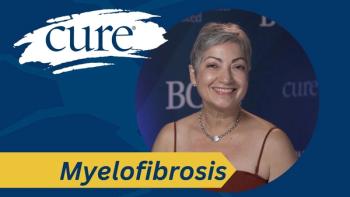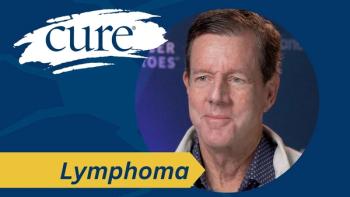It can get really depressing when you work in cancer. And then you get an email that has a video with it, and you get re-energized that we are making progress and that there are good people working on what seem like impossible ideas that may work. That's what happened when I opened the TEDxSeattle talk by Jim Olson (Project Violet), a pediatric oncologist at the Hutch in Seattle who has decided he wants to find a way to cure children's brain cancer before he retires. (To watch it, scroll down to the bottom of the page and click on the YouTube video.)But it's more than his vision that grabbed me with his talk. It's his passion and optimism that it can be done. Of course, the only thing standing in the way is money. As most of you know who have been around cancer for any length of time, researchers have to get grants to be able to set up labs, hire help and the myriad other requirements to research cancer. Sometimes they spend more of the year begging for money than they do researching. They are also restricted by the unwritten law that their idea can't be too far out of the box or different. Susan Love, MD, the well-known breast surgeon, addressed this point last weekend when she spoke at the first National Women Survivor's Conference in Nashville. She explained how complicated it can be to get grant funding, so researchers have learned to research things that are already being researched with maybe a tweak or two. Anyone with a really far out idea (that may have efficacy) won't get funds. To try and get researchers away from using mice and rats, Love created the Army of Women where volunteers wh can sign up to take part in clinical trials. But more on that later. Some may consider Dr. Olson's ideas far out. I don't know if people scoffed at his idea that the toxins from scorpion poison could be the basis for a kind of tumor paint that would light up cancer cells. Well, maybe. But the point is, he has an idea that mother nature may be a great source of some solutions in cancer. And I am guessing he didn't want to wait around years for a couple hundred thousand dollars when he needed a couple of million to accomplish his goal. So he did something different, he started a nonprofit and has gone on the road telling people about his ideas and asking them to give. They can even name a drug. His biggest boost has come in the form of the TEDxSeattle video he did earlier this year, the one I saw, where he shows the scorpion technology to identify a brain tumor in a way that it shows up differently than healthy tissue to surgeons. Seems that when surgeons get to the margin of a tumor, it's really hard to tell where the cancer stops and the good grey matter begins. This means pieces of cancer can be left in a child's head to begin growing again. Olson's creation, which he calls tumor paint, shows the surgeon where the tumor cells are to help get it all while keeping the healthy cells undisturbed. It's in the video and it's fascinating. Think about the applications to other surgeries. Huge. But the tumor paint is only one of his ideas. With his team of young inspired researchers he is looking at other nature-inspired solutions. And to finance his research and to honor one of his young patients, Olson created projectviolet.org a nonprofit where we can go to donate and support specific drug development. There is a spider project in the works, as well as petunia, potato and horseshoe crab. It's based on the idea of "Citizen Science," which says that all of us can participate in the exciting breakthroughs that drug discovery offers. Science belongs to everyone. At Project Violet you will also meet the real Violet, the little girl who moved Olson to walk around to collect himself before meeting her and her parents, knowing that her brainstem glioma was incurable. Anyway, I'll let you decide for yourself if this man is inspirational. If you think so, pass this on. Oh, and if you go to YouTube to watch his talk, the Washington Research Foundation will donate $10 to Project Violet – up to $50,000. And the more views he gets, the more likely the talk will make it to the real Ted Talk platform.





